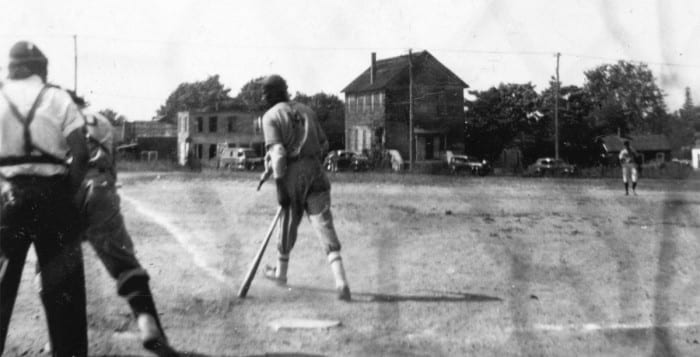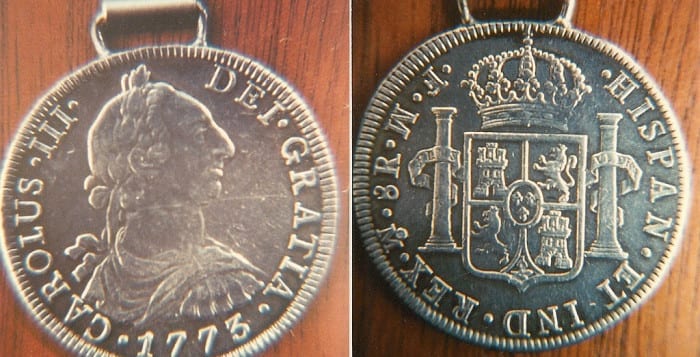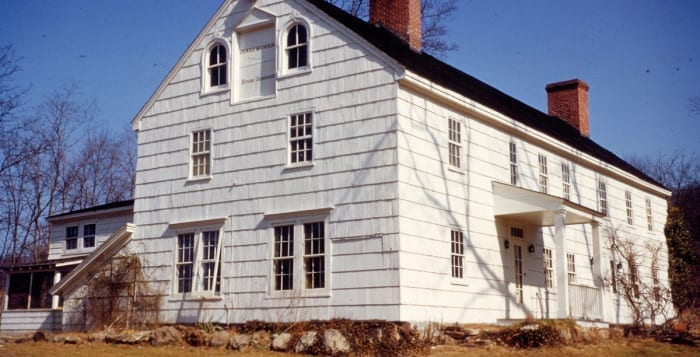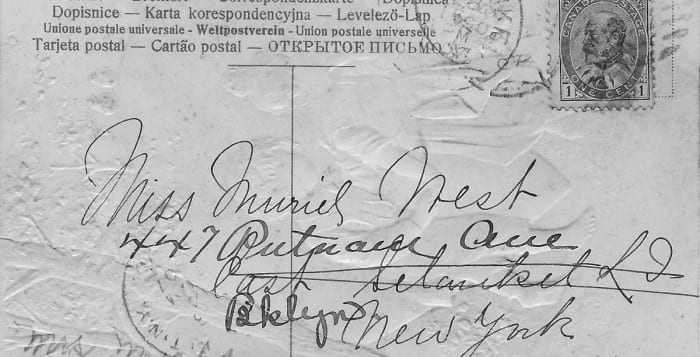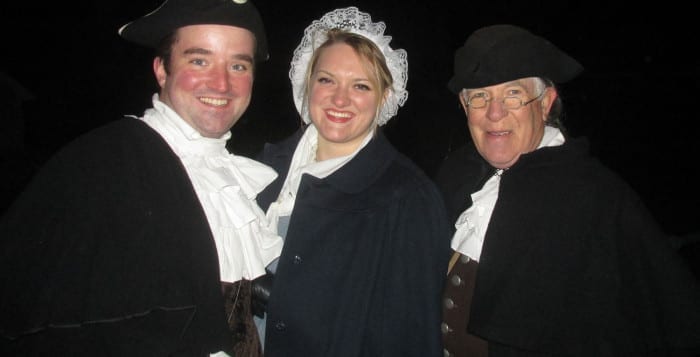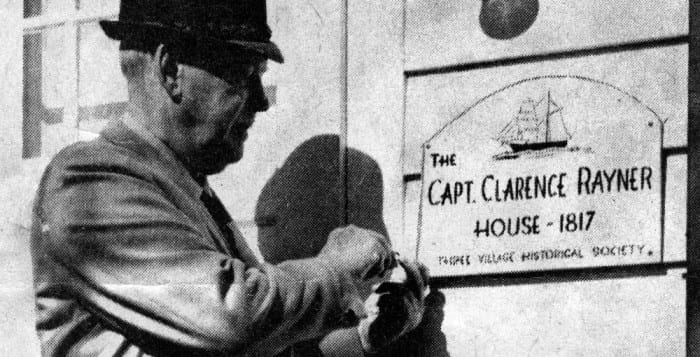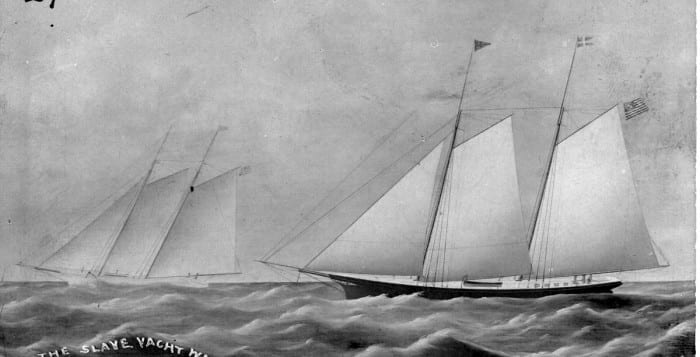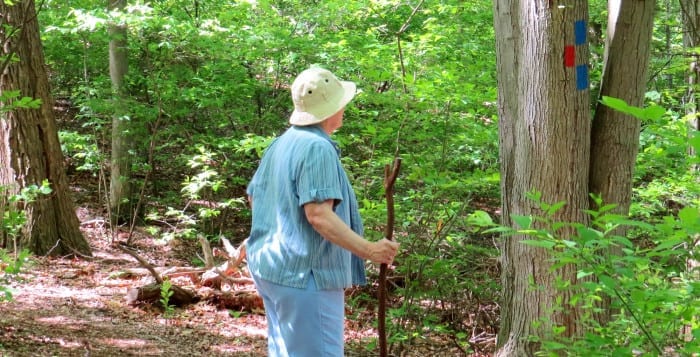By Beverly C. Tyler
“Seek out the spot where the Setalcott Indians first camped. They called it ‘land at the mouth of the creek.’ You’ll know when you come to it because you’ll be standing on Holy Ground. From there it’s an easy step to Christian Avenue.” — Glenda Dickerson
The first lines of the play about the Christian Avenue community, produced in 1988 at the State University of New York at Stony Brook, took us back to a time before recorded history in Setauket, a time when Indian family groups occupied all of Long Island.
These natives left no monuments to be remembered by, no changes that would permanently alter the landscape. As a result, we know very little about their lives. The archaeological remains discovered at the places where they worked, lived and died provide only scant clues.
When the English settlers first came to the “land at the mouth of the creek,” they brought with them their knowledge of how to change the land to make it conform to their patterns of life. They dammed the stream and built a gristmill. They built permanent homes, erected walls and fences, cleared the trees and planted grains, and they buried their dead with permanent stone markers. The early settlers also dealt in another kind of property; they bought and sold Black slaves.
The first recorded notation of slavery in the three villages is listed in the Town records of 1674. “Richard Floyd, of Setakett, sold the … Negro, named Antony, to John Hurd, of Stratford.” It is also recorded that Floyd had purchased Antony two years earlier from Robert Hudson of Rye.
This story of the arrival of black slaves into the Setauket community was detailed in June of 1988 for theatergoers who took a bus tour to the Christian Avenue Community as part of an evening that culminated with the exhibit and play “Eel Catching in Setauket.”
The bus tour took the “eel catchers” — theatergoers — to the Bethel A.M.E. Church on Christian Avenue, where they were given a short message about the church and the community and led in a song and a word of prayer. A tour of the Laurel Hill Cemetery was followed by a fellowship meal served by members of the Christian Avenue community in the Irving Hart Post American Legion Hall.
The “eel catchers’” bus ride back to the Fine Arts Center of the State University at Stony Brook included a tour of some of the locations in Setauket that are part of the oral history and folklore of the Christian Avenue community. Much of the oral history was preserved in the May 1988 Journal of the Three Village Historical Society, which was given to each “eel catcher.” In one oral-history interview, Violet Rebecca (Sells) Thompson brought the Christian Avenue community full circle to the first settlers on Long Island. “ … I went to school in Setauket Union School up on the hill — Education Hill. There were a lot of nationalities. I think we were the only Indians in there … we were the only Americans in the class. … The rest of the kids were Irish … Polish … Lithuanians, all from Europe.”
The play “Eel Catching in Setauket” was in the Fine Arts Center. The exhibits and photographs of the Christian Avenue community were placed all through the theater room and the “eel catchers” wandered through the exhibit viewing the artifacts of the community residents.
The play was a series of vignettes based on the collected materials, performed by eight actors and actresses under the direction of Glenda Dickerson. It took place in the center of the exhibit-theater and around the various exhibits while the “eel catchers” watched and listened to the drama unfold all around them.
The Three Village Historical Society exhibit, “Eel Catching in Setauket” and “A Living Library-The African-American, Christian Avenue Community,” was displayed in Brookhaven Town Hall during the month of February.

